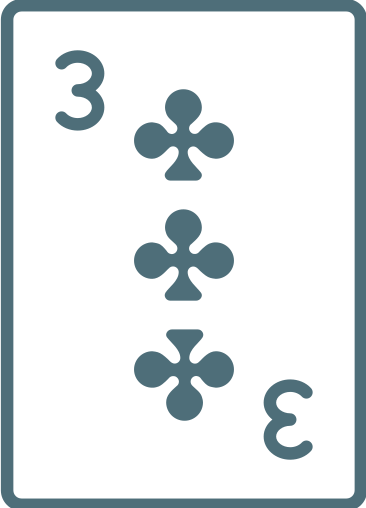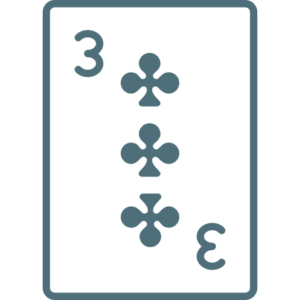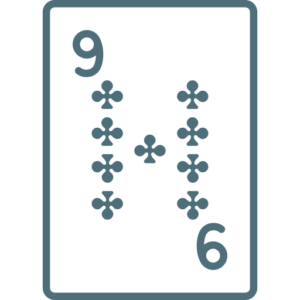A Pure Sequence In Rummy
The sequence is considered pure if the first three or four cards have the same suit. The winning condition consists of a sequence of all 13 cards that may be either pure, impure, or triple. One pure sequence must exist in each two-sequence combination.

An Impure Sequence In Rummy
If you draw three or four cards in a row and one of them is a joker, you have an impure sequence.
Triples Sequence In Rummy
When you have three cards of the same value but different suits.
10 Rummy Card Game Rules You Should Know
Here are the six rummy rules every player has to know:
1. Rummy Rules For Different Categories Of Cards
Generally speaking, card rankings go from lowest to highest. The ace, ace, 2, 3, 4, 5, 6, 7, 8, 9, 10, jack, queen, and king all stand in for these cards. Some guidelines are as follows.
- Maintain a valid declaration throughout the play.
- When a player correctly organizes all the cards into sets and sequences, one of which is a pure sequence, they are then qualified to fold the fourteenth card or declare.
- Following their proclamation and certification, a player wins the game.
- In such a case, the version of the rummy game decides the opponent’s points.
2. Rules Associated with Joker
A player declares a printed joker card as the joker card. Players use two jokers in two-deck rummy games. There is one joker in each deck. Due to its function as a stand-in for missing cards in sequence or set, the joker has a significant impact.
One wild joker is included in addition to the printed joker card. At the start of the rummy game, the Player picks this card from the selection of cards in the deck.
3. Rummy Sequence Rules
A sequence in the game of rummy is made up of many cards belonging to the same suit. There are five different types of sequences in rummy:
- Pure Sequence
- Impure Sequence
- Triples
- First life
- Second life
4. Pure Sequence Rules
A pure sequence comprises three or more cards in a row from the same suite. You must form a pure sequence to win the game. For instance
- J of hearts, Q of hearts, K of hearts
- 2 of spades, 3 of spades, 4 of spades, 5 of spades
Players cannot use Joker cards to create a pure sequence.
5. Impure Sequence Rules
The impure sequence comprises three or more cards in a row of the same suit, one of which may be a joker. As an illustration
- Two of diamonds, J of spades, 4 of diamonds, 5 of diamonds as J of spades is a joker.
- Ten of spades, J of spades, 5 of hearts, K of spades as 5 of hearts is a joker.
6. Triples Rules
Triple cards are formed when three cards of the same rank but different suites come together. A triple, which is an impure sequence, is another option. Jokers may be used as a component of the triple.
- Ace of hearts, ace of diamonds, ace of spades.
7. Rummy Set Rules
Jokers are allowed in sets, but sets are no longer viable when players establish pure sequences. The joker may be used to create an impure sequence after you have a pure sequence (without it).
8. Rules of Discard
Every player gets 13 cards, which is the game of rummy’s fundamental rule. The following phase instructs players to choose a card from either the discard deck or the regular deck of playing cards. The discard regulations are as follows:
- The player may also drop a playing card into the discarded deck.
- An available card from the discard pile is the opponent’s choice.
- The game’s winning condition is decided by the player who declares after discarding the last card that is face-down.
9. Rummy Show Rules
A player may request a card show after preparing to declare and successfully establish valid sets and sequences. A player must have 14 cards in their possession and close one of them to participate in a rummy show. The player must assemble 13 cards into a robust set and sequence to request a validation display. If a player commits an error, they may suffer consequences according to the established regulations.
10. Points System in Rummy
Following a particular set of guidelines, the rummy point calculation method is as follows:
- If a player has an ace and any face card, they both get 10 points
- A player with a joker or wild card does not get any points
- All other cards are given a comparable value according to their face value
- The variance may affect the rummy points.


